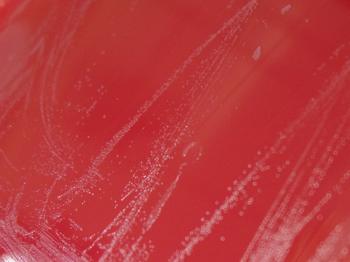Research group Arcobacter
Contact person: Dr. Greta Gölz
Arcobacter are gram-negative, motile and spiral-shaped bacteria belonging to the family Campylobacteriaceae. At present, 13 Arcobacter species have been characterized, of which A. butzleri is the most important and predominant Arcobacter species associated with human disease. Disease outcomes of A. butzleri vary from abdominal pain and acute diarrhoea to persistent and watery diarrhoea lasting from two weeks to two months.
Arcobacter are increasingly isolated from a wide range of food of animal origin and water. The highest prevalence was reported for poultry, followed by pork and beef. This genus has been classified as a serious hazard to human health by the International Commission on Microbiological Specifications for Foods in 2002 (ICMSF).
Even though the genus was established decades ago, little is known about the pathogenic mechanisms and putative virulence genes of A. butzleri. Investigations on pathogenicity of A. butzleri are mostly based on knowledge on Campylobacter. However, a previous study has indicated, that the proteome of A. butzleri shares greater phylogenetic similarities with members of the Helicobacteraceae like Sulfurimonas denitrificans and Wolinella succinogenes, and those of the deep-sea vent Epsilonproteobacteria Sulfurovum and Nitratiruptor than with Campylobacter.
The published sequence of the whole genome of A. butzleri strain ATCC 49616 revealed the possession of 10 putative virulence genes: cadF, mviN, pldA, tlyA, cj1349, hecB, irgA, hecA, ciaB and IroE. It is still unknown if these putative virulence factors have similar functions as described for their homologs. Despite the increasing impact as foodborne pathogen of A. butzleri, the pathogen mechanisms have been barely analyzed.

